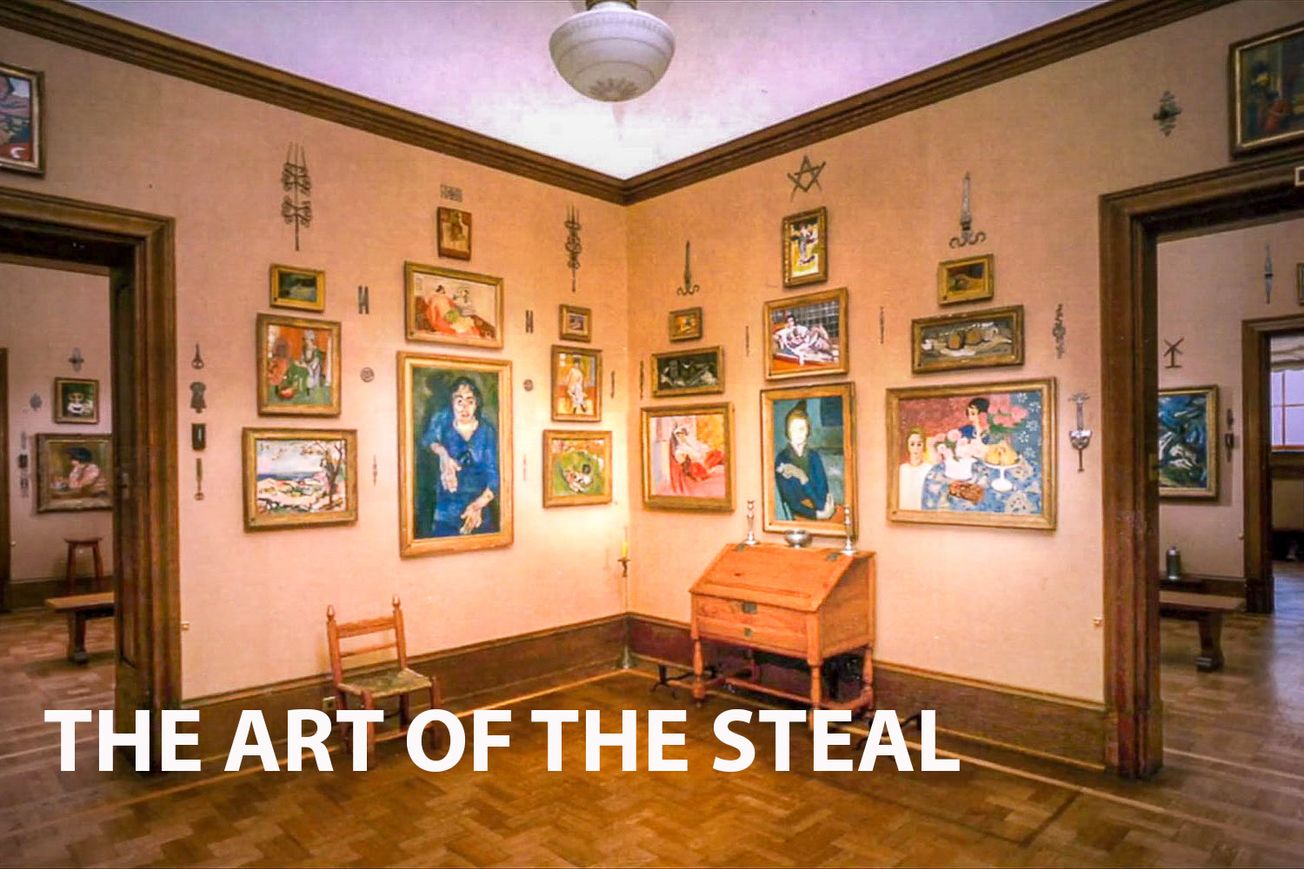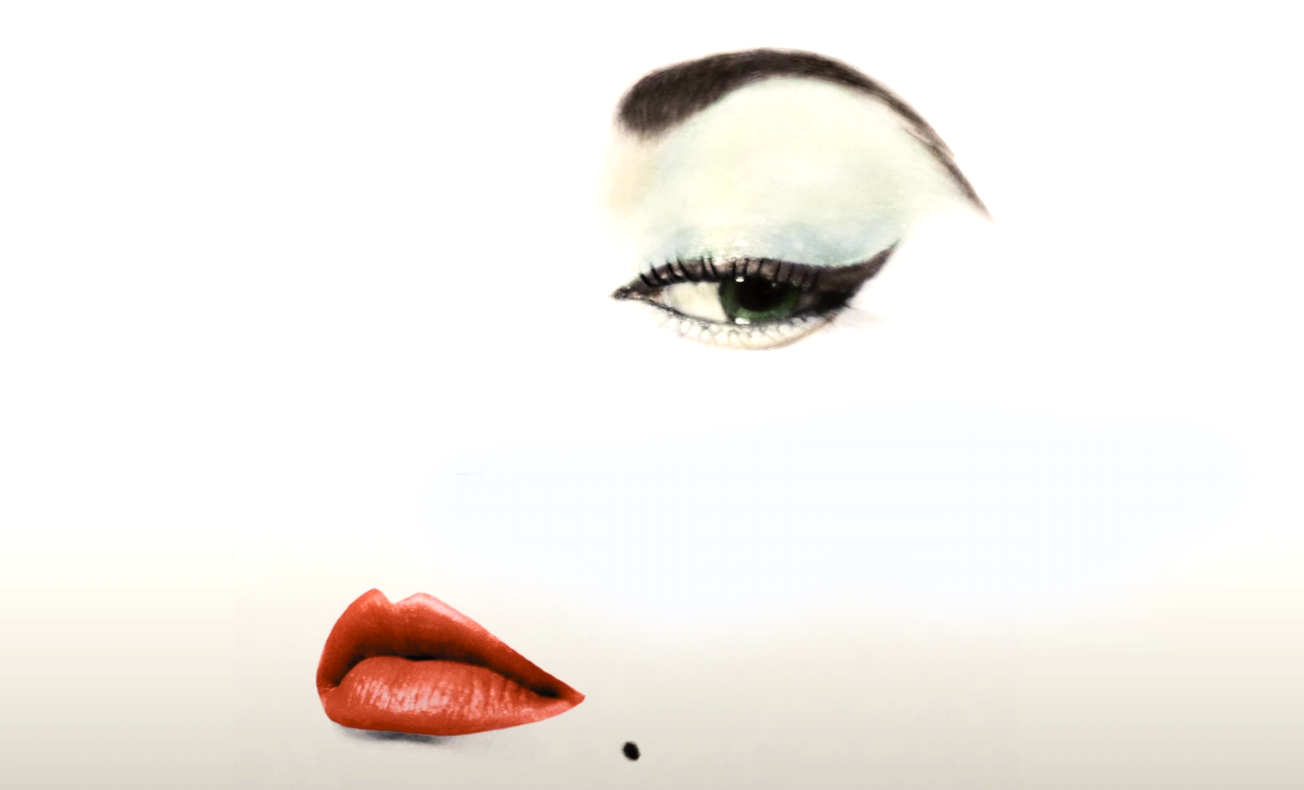Keywords: Art, Controversy, Power, Politics, Barnes Collection
Introduction:
"The Art of the Steal" is a 2009 documentary, directed by Don Argott. It explores the power struggle over Dr. Albert C. Barnes' multi-billion-dollar collection of modern and post-impressionist art. The film is an intriguing examination of the intersection of art and commerce in today's world.
Synopsis:
The documentary follows the intense legal and public relations battle that ensued after the death of Dr. Albert C. Barnes, who had amassed a vast collection of priceless artworks. Despite Barnes' explicit will stating his collection should never be moved from its original location, a powerful group of politicians and philanthropists endeavored to relocate it to downtown Philadelphia.
More film analysis
Analysis:
The film takes an investigative approach, uncovering the layers of controversy surrounding the Barnes Collection. The depth of research is impressive, highlighting the complexities of the art world and the power dynamics at play. The presentation style is compelling, keeping the viewers hooked throughout.
Historical and Factual Context:
Dr. Albert C. Barnes was a chemist who made a fortune by co-developing a treatment for gonorrhea. He spent his wealth amassing an art collection, which included works by Picasso, Cézanne, Renoir, and Matisse, among others.
Key themes in the film:
- The conflict between art and commerce
- The power of political influence
- The significance of an artist's wish versus societal interests
Film Comparisons:
Unlike other art documentaries on iWonder, "The Art of the Steal" focuses less on the art itself and more on the politics and power dynamics surrounding it.
Noteworthy Moments:
One significant revelation is the extent to which the city of Philadelphia went to secure the Barnes collection, despite Barnes' explicit wishes against it.
Reviews:
"The Art of the Steal" was well-received, with an IMDb score of 7.5. Critics praised the film's in-depth exploration of the controversy and its compelling narrative.
Conclusion:
"The Art of the Steal" is a must-watch for anyone interested in art, politics, and the often messy intersection between the two. It offers a fascinating look at one of the most controversial events in the modern art world.
More film information:
Awards: 1 nomination: Chlotrudis Awards
PERSONALITIES:
Dr. Albert C. Barnes - An eccentric art collector whose will sparked a major controversy
LOCATIONS:
Lincoln University: The historically black university that was initially given control of the Barnes Foundation.
City of Philadelphia: The entity that fought to bring the Barnes Collection to downtown Philadelphia.
Barnes Foundation: The original location of the Barnes Collection.
Philadelphia Museum of Art: The proposed new home for the Barnes Collection.
Links for further exploration:
Key Questions Raised by The Film:
To what extent should political and financial interests influence decisions about art?
I wonder what the film would be in another art form:



"The Catcher in the Rye" - if it was a famous book, as both deal with individuals against societal norms.
"Money" by Pink Floyd - if it was a famous song, as it symbolizes the conflict between art and commerce
"The Scream" by Edvard Munch - if it was a famous work or art, as it represents the desperation of the situation.
Steve Jobs - if it was a famous celebrity, known for going against the grain and valuing his vision over others.
Grey - if it was a colour, as it symbolizes the moral ambiguity of the situation.
Blues - if it was a music style, as it reflects the melancholic theme of the film.








